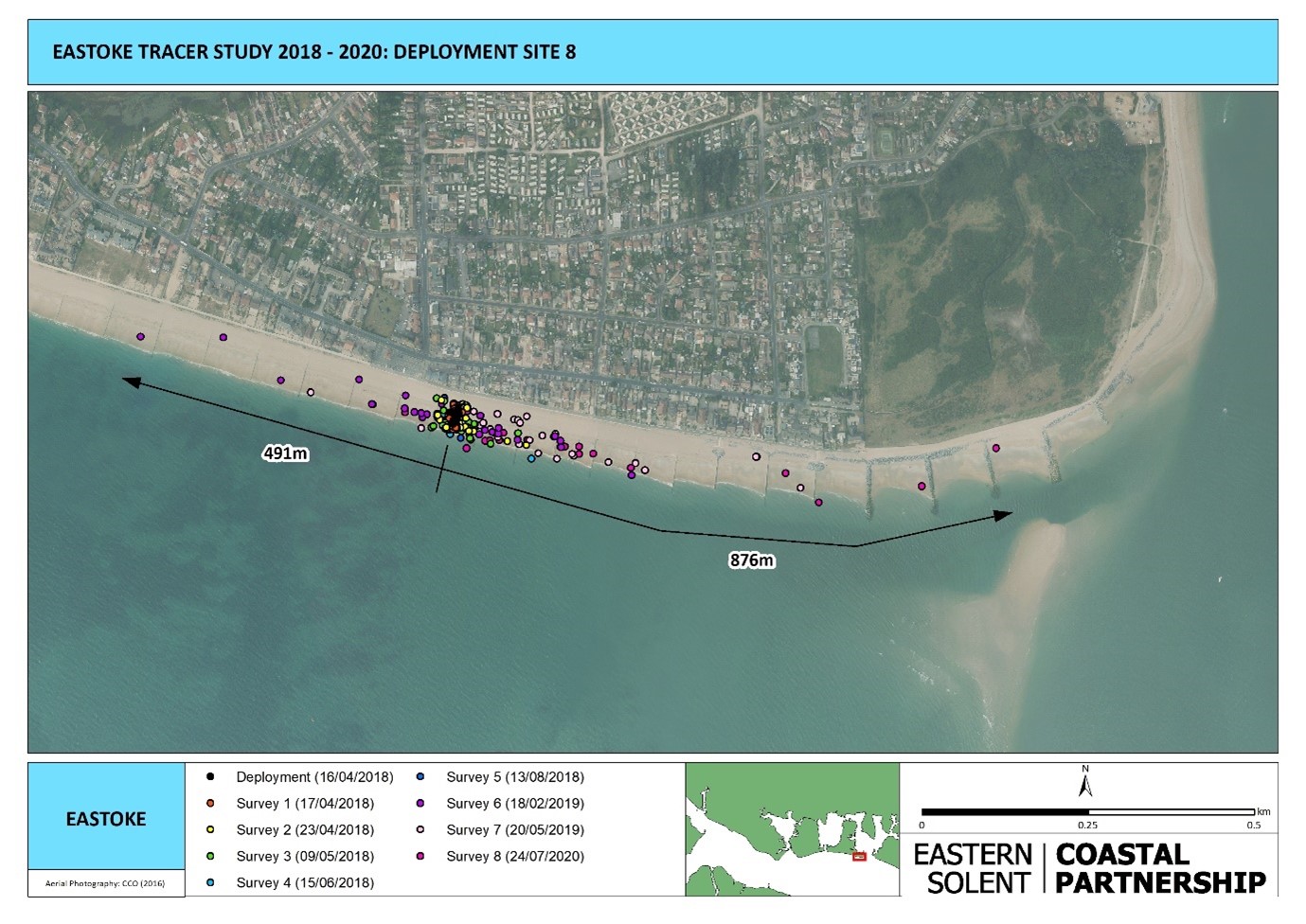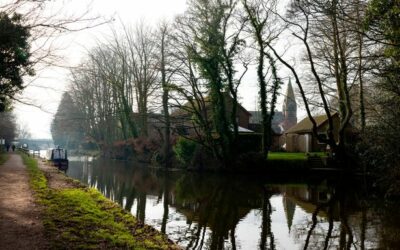Havant Borough Council: Tracer pebbles
The project
The council, working through its Coastal Partners Partnership, has developed an innovative method of tracking the movement of sediment along shingle beaches using Radio Frequency Identification (RFID) tagged pebbles, known as ‘tracer pebbles’.
This involves inserting a unique RFID tag into native pebbles, collected from a beach of interest; tracer pebbles are then placed on the beach at pre-determined sites. The location of the pebbles is surveyed at set intervals using a specialised scanner and GPS.
Tracer pebbles have no discernible markings so are less prone to disturbance from beach users and the RFID tags also have no internal power source, so can be left in the field for long periods of time. The council is still detecting tracer pebbles deployed at Brownwich Cliffs in 2013 and an early batch deployed on Hayling Island in 2011.
By tracking these pebbles, valuable information on rates and direction of sediment transport is inferred. The greater understanding of the coastal processes supports officers’ coastal management decisions, aids coastal defence scheme design and informs beach maintenance activities such as recycling and replenishment campaigns. The Hayling Island Beach Management Plan, which is worth £3.3m and reduces flood and coastal erosion risk to over 1,500 homes and businesses, as well as important protected environmental sites, was informed by these studies.
Coastal Partners is the only organisation in the country that uses this technique for informing flood and coastal erosion risk management. The council is working in collaboration with councils such as Portsmouth City Council, Fareham and Gosport borough councils, New Forest District Council and Dorset Council.
of onshore and offshore transfers of sediment which cannot be measured using the RFID method.
The benefits
A tracer study completed at Hurst Spit in the New Forest in 2019-2020 showed that beach material was able to bypass the groynes in place at Milford-on-Sea and Sturt Pond – a finding which had not been evident from other monitoring techniques
Information from these studies feed directly into coastal management plans, as well as broader coastal research groups, benefiting the local community and helping to share best practices. Currently, there are over 9,500 tracer pebbles deployed along the south coast of England which are constantly monitored.






